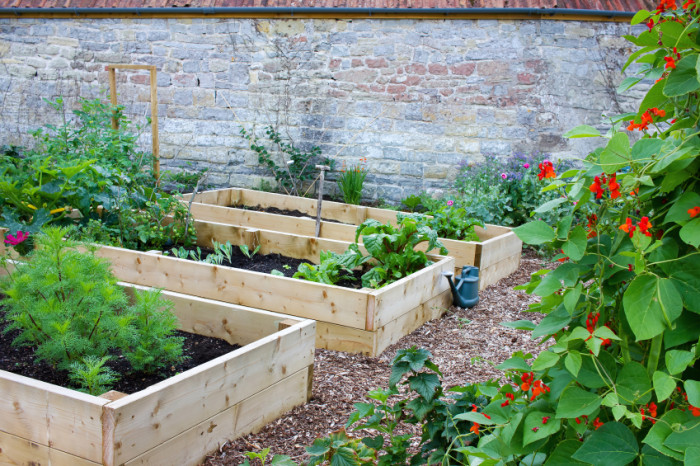Before you begin your first garden, there are a few things you need to do. You wouldn’t build a house without drawing up blueprints and buying materials. The same is true of your garden.
1. Know Your Layout
While you may think you know your property, you have to get intimately familiar with the space before starting your new garden. Take a walk around the property or sit in the space for a few hours and sketch the planting potential.
2. Plan the Growing
Along with sketching out the planting spaces, you should spend this time planning what you’ll grow based on the available light. If you’re hoping to plant vegetables or fruits, you should research what kind of light and soil they need and match that with the existing sketch.
3. Your Style
The style of your garden will depend on a few factors like how much space you’ll need for planting, and how much room you’ll need for children to run outside. If you don’t know your style, look online for styles that appeal to you and plan from there. Take into account the style of your home too. A modern design might not fit with a cottage-style home. For advice on the hardscape of your garden, Alair Homes can help you with walls and renovating outdoor spaces.
4. Plan Ahead
Before one seed goes into the ground, you should have the entire process planned. You need to decide if you’ll have a raised bed, potted plants or rows of plants. When you start this part of the planning process, you’ll need to consider how much time you can devote to your garden too. If you take on more than you can handle, the entire garden will suffer.
5. The Tools for the Job
You’ll need a few essentials for your garden endeavor like a shovel, trowel for weeding, hand pruner and long garden hose for watering. While you might feel the need for more tools later, these are sufficient in the beginning.

6. Mix Up Your Plants
Many beginners will pick the plants they like without a thought to the future of the garden beyond the first year. If you pick annuals, you’ll be replanting your garden each year. Mix the plants between annuals and perennials to ensure that you won’t have to replant everything.
7. Patterns
The best gardens are the ones that repeat a pattern throughout the space. Clusters of the same plant can be repeated in various parts of the yard to create a professional-looking garden. This is important for the flow and consistency through the entire yard too.
8. On a Budget
Nobody has unlimited money for their garden. For those on a strict budget, a mix of seeds and starter plants is a good beginning for your garden. You can also start some of your plants indoors before the start of the season.
9. Your Favorites
Don’t let the lighting or soil composition talk you into planting vegetables or fruits that you don’t like. If peppers are not your favorite, don’t plant them. Stick with fruits and vegetables that will end up on your table.
10. Get Educated
After planting your seeds and starter plants, the fun isn’t over. You’ll have to weed, water and care for your plants. This is also the time to get educated about the whole gardening process. There might even be workshops in the area that can help.